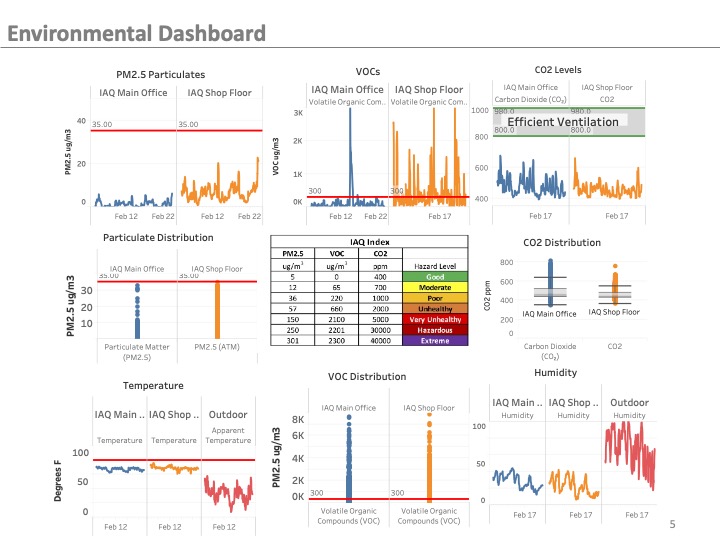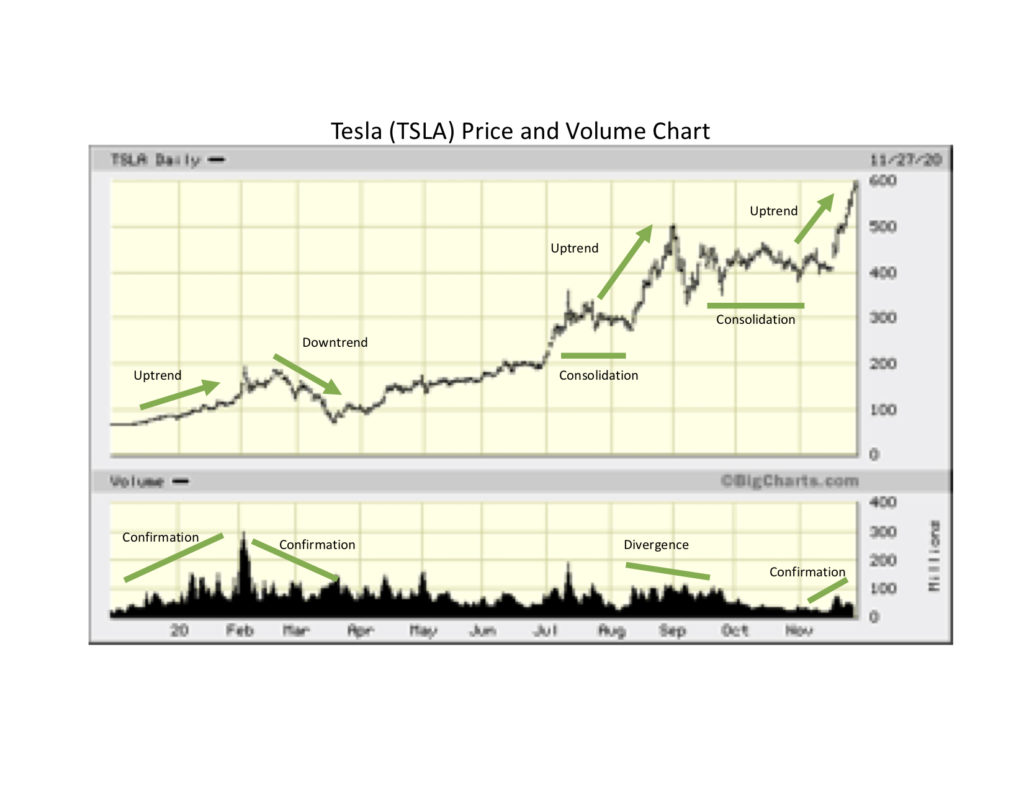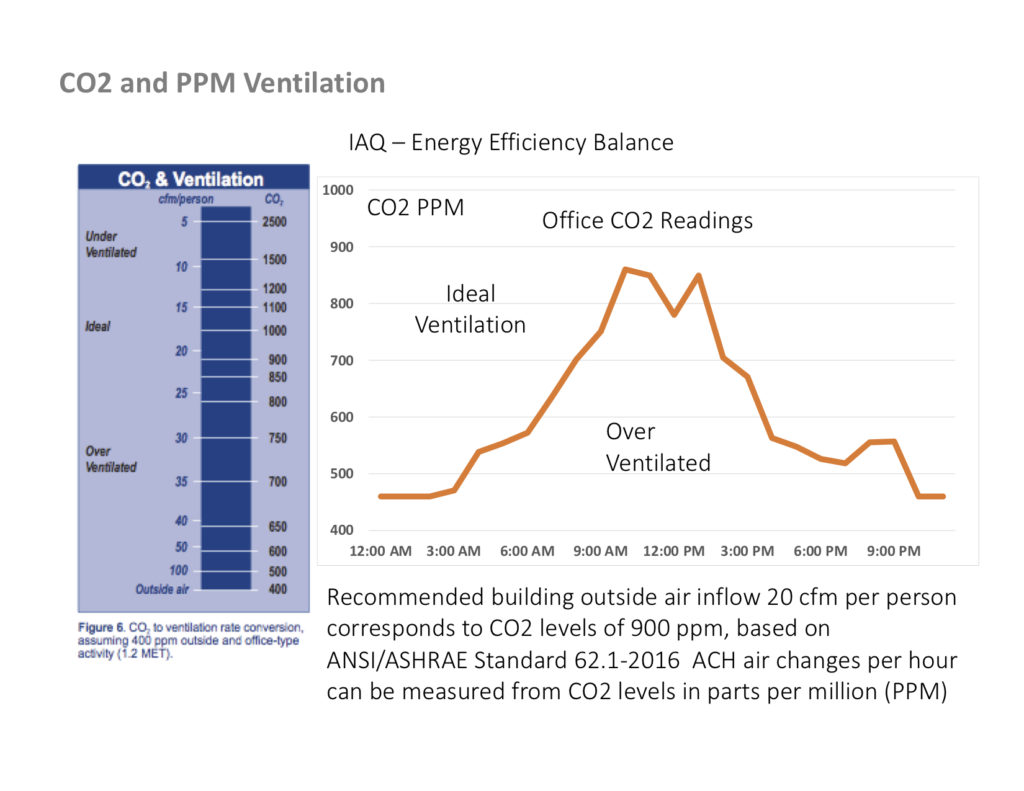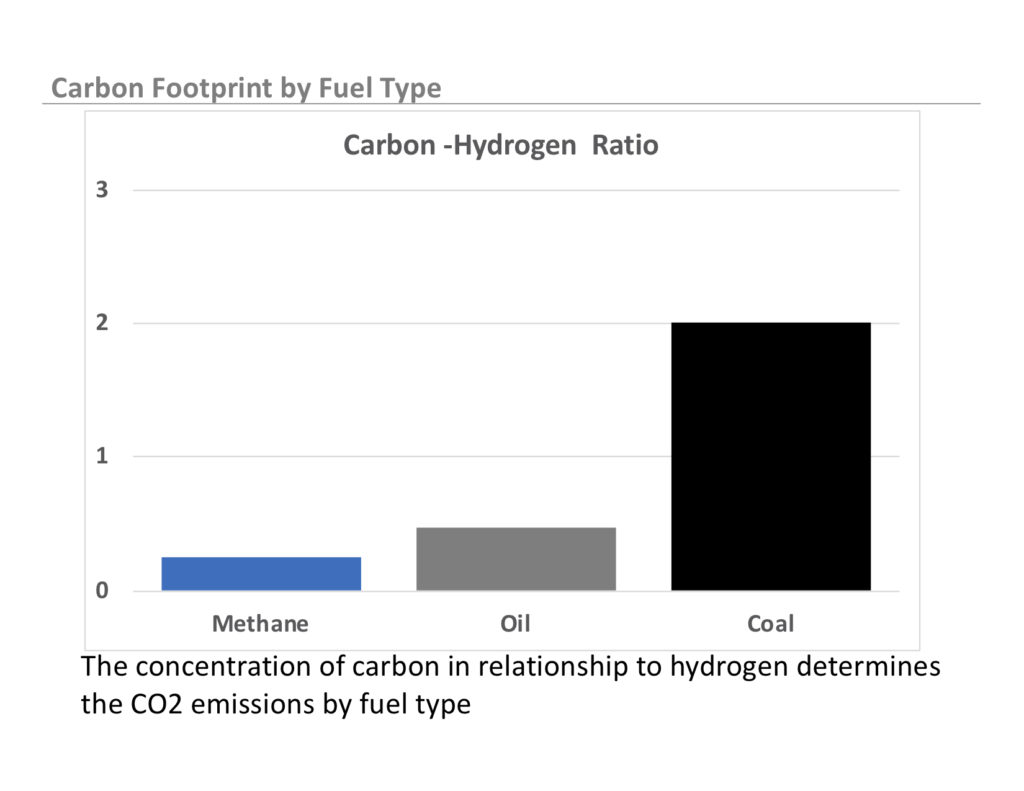How can IoT sensors help businesses achieve sustainability goals
https://marketscale.com/industries/industrial-iot/putting-iot-to-work-for-u-s-sustainability-goals/
MarketScale Podcast with Daniel Litwin

https://marketscale.com/industries/industrial-iot/putting-iot-to-work-for-u-s-sustainability-goals/
MarketScale Podcast with Daniel Litwin

Digital Transformation Becomes The Top Priority
by Charlie McHenry, COO, Co-Founder
The pandemic, and to a lesser extent, global climate change are accelerating digital transformation in business, industry, agencies and non-governmental organizations. This transformation is also a transition – to a new way of doing business on all levels; to a new way of looking at the impact and footprint of our business and personal activities; and to a new normal, that is not likely to look a lot like what we’re used to. This coming year will see a number of existing trends accelerate, and new developments which will underlie and drive major changes in business and operational models.
This report will look at a number of industry sectors, as well as the impact of digital transformation on the public sector. In depth reports on each of these sectors are available by yearly subscription for $950 by request.
We have to start somewhere, so let’s take a look at the rather dramatic and emblematic transformation now taking place in the automobile/truck manufacturing sector.

A data analytics framework is applicable to insight discovery; provides a roadmap towards innovation; and enables capabilities that can optimize approaches to new business models and opportunities. The following paper provides examples revealing how and why to apply visual analytics for discovery, innovation and evaluating new opportunities.
Discover how waveforms and patterns are applied to science and finance, and how customer usage patterns can reveal new approaches to market micro-segmentation and persona classifications. Lastly we’ll reveal how the deployment of IoT devices across the enterprise fuels data flow in the physical world regarding the performance and conditions of business assets.
Introduction
Our theme is applying visual data analytics as a tool for discovery, innovation and evaluating market opportunities. We show how two metrics, price and volume, are able to convey insight and establish price targets for technical analysis. Why energy consumption patterns and waveforms lend themselves to understanding science and classifying human behavior. How proxy metrics can serve as measures for physical events. Why linking granular visibility into processes and the monitoring of conditions and operating performance help build an advantage in the digital economy.
Green Econometrics relies on visual analytics as a core fabric in our data analytics frameworks because visual analytics are integral to discovery, innovation and new opportunity development. Visual insights are easy to understand – allowing business objective and performance metrics to seamlessly transfer across business units. So how do we do it?
What it Means to Your Business
Key Air Quality Metrics
This post explores how the use of three key air quality metrics can improve the health and safety of your business. Occupant health and safety are paramount in the current environment and sensors that detect harmful compounds can serve as front line of defense. Given these uncertain times, efforts to reduce risks and improve environmental conditions, will help to better support employees and build customer trust.
Begin the process by establishing a goal such as sustainability or worker productivity. From your goal or objective identify metrics that are aligned with the goal, and then measure your progress toward the goal. Deploying this process improvement framework will improve your business in measureable ways. In this manner we are transforming metrics and data analytics into performance improvement aligned to desired outcomes including sustainability and energy efficiency.
Our approach is to identify metrics aligned to your goals and objectives and provide an analytics framework to assess performance. This involves data curation, our proprietary data architecture and machine learning algorithm to provide context, perspective and visual insight. Key is performance benchmarking for health, safety, sustainability and energy efficiency. These are core environmental metrics and process capabilities that will transform your business model.
To zero-in on important indoor air health metrics, cost effective sensors are required. Based on health and energy efficiency objectives, we found these core indoor environmental metrics, namely carbon compounds including: CO2 and methane, Volatile Organic Compounds (VOCs), and particles. In our previous post, Green Econometrics discussed Air Changes per Hour (ACH) as a measure of air filtration performance – how many times does the air in a room change in an hour? In this manner, monitoring CO2 levels can serve as a proxy for determining acceptable ACHs. It is more cost effective to monitor the number of room air changes per hour using air filtration than to deploy expensive sensors to detect pathogens and viruses.

The risks of viruses are now starkly apparent, and it’s only going to get worse with climate change according to researchers. This begs the question: How do we better protect building and office occupants from the risks of contagion? This post will explore how we can better prepare for future pandemics, reduce the risks of contagion, and navigate the uncertainty of these challenging times.
The most important element in any interior air and environmental assay is accessing data regarding environmental conditions and operations within a defined space. Applying data analytics and machine learning algorithms can help create a comprehensive roadmap to improve operating efficiencies and understand conditions pertaining to emergent risks and exposure.
A process improvement framework is constructed by transforming data and analytics into metrics that are aligned to desired outcomes such as sustainability and energy efficiency. Green Econometrics has developed a framework to monitor, measure and curate data pertaining to process and sustainability performance. This is extremely important.

Why the analytics framework for process improvement can translate into substantial benefits around sustainability improvements and energy efficiency. The Coronavirus pandemic has upended social interaction – a new normal, with social distancing and protocols, and so why does sustainability play a crucial role in facilitating a smoother transition into the is new normal. The reason is sustainability engenders confidence. Knowing facilities are safe and that indoor air quality monitoring is vital for occupant health and safety builds confidence. Health and safety are also essential in generating the confidence that changes consumer behavior. Therefore, the process by which you implement a sustainability plan plays an expanding role in orchestrating the activities that adhere to values and performance.
A sustainability framework provides the roadmap to monitor, measure and curate data thus enabling performance benchmarking of conditions and processes. The analytics framework serves as a roadmap to utilize insight gained from data analysis. Currently available tools such as data visual analysis, machine learning algorithms and cloud computing architecture enable cost effective approaches to achieve business and sustainability objectives.
A sustainability framework provides the foundation to drive business value across several dimensions and performance metrics. The use of the sustainability process can drive business value, improve our environment, enhance customer loyalty, and better engage healthier and happier employees while rewarding shareholders and stakeholders with higher business valuations.